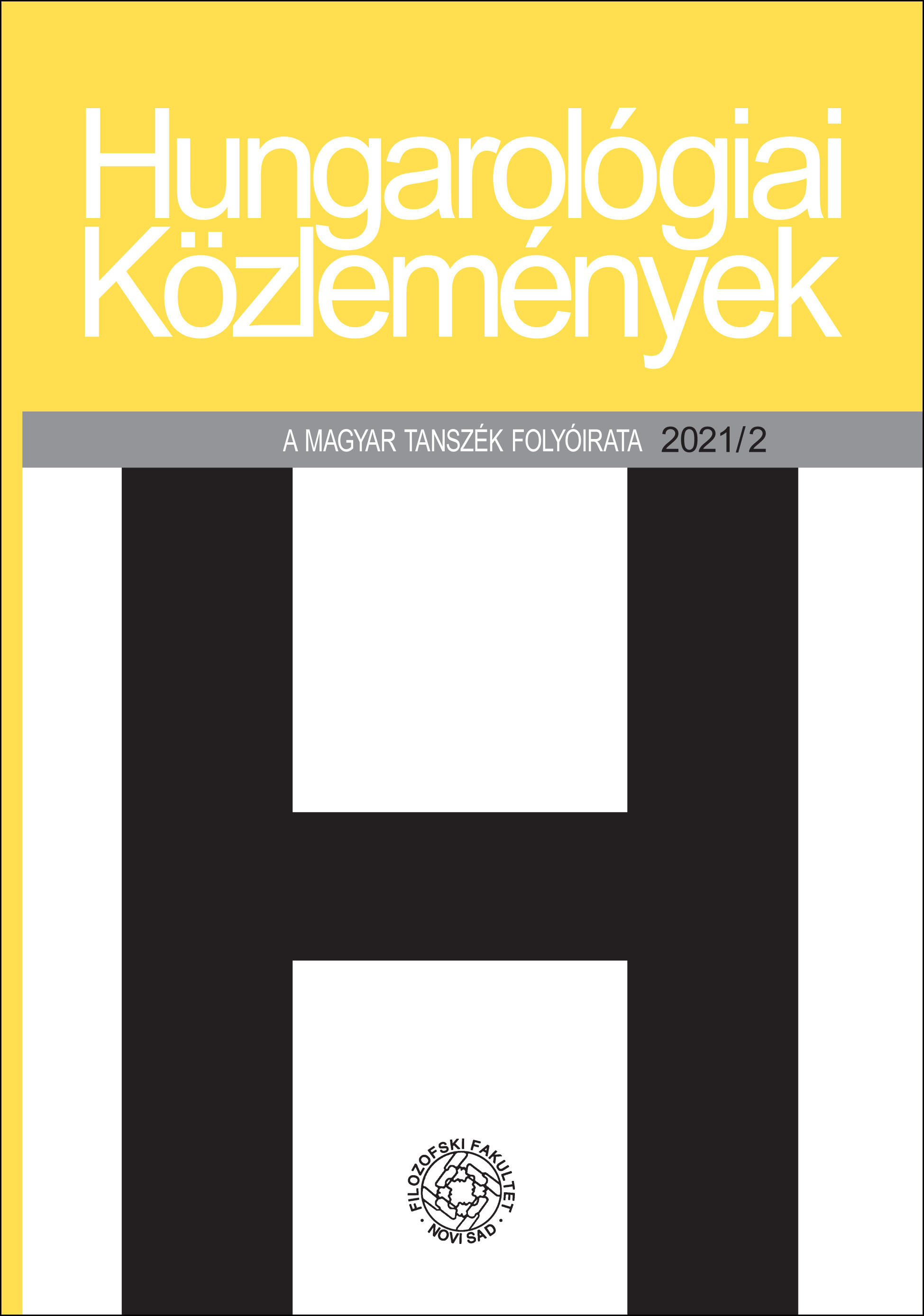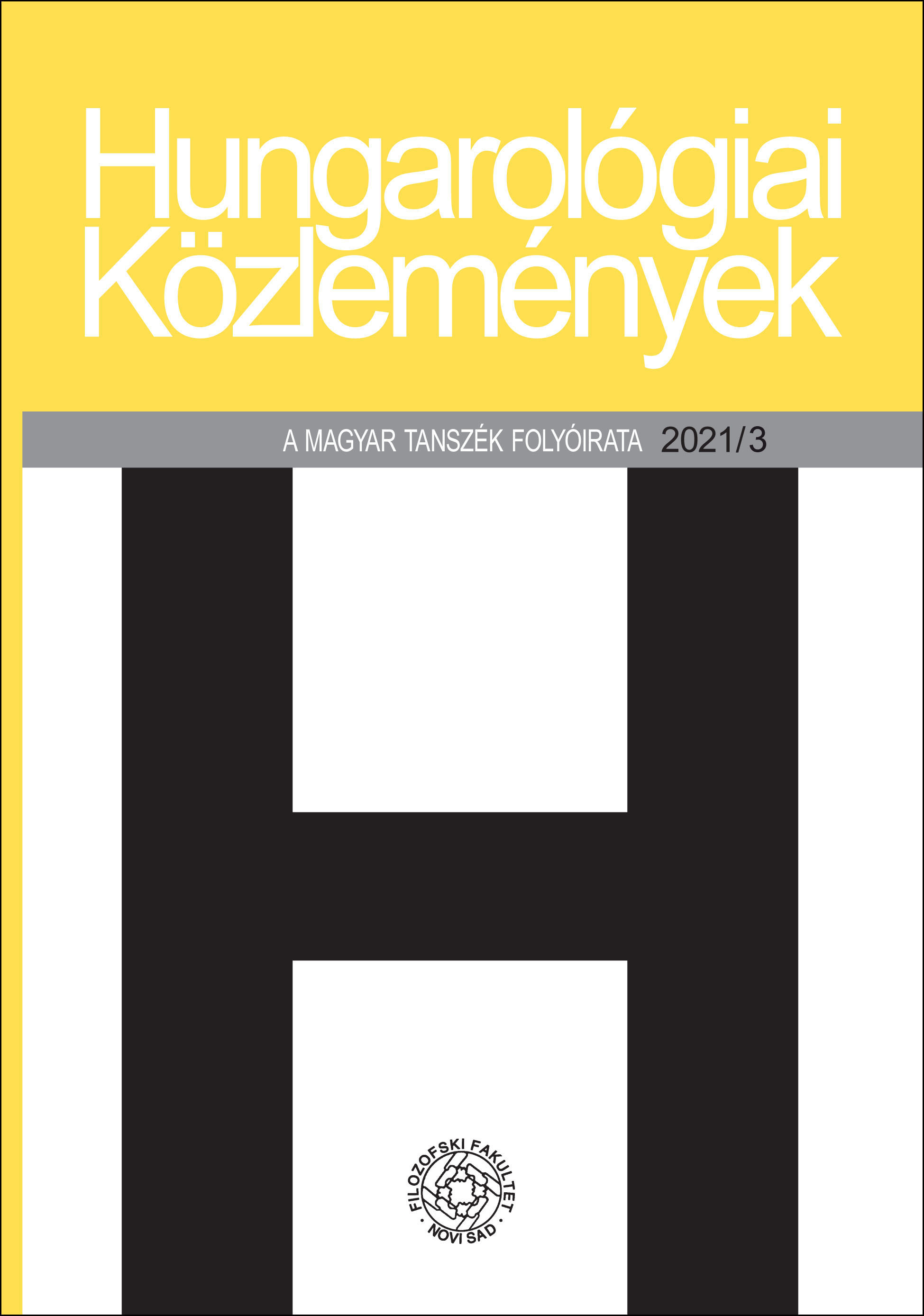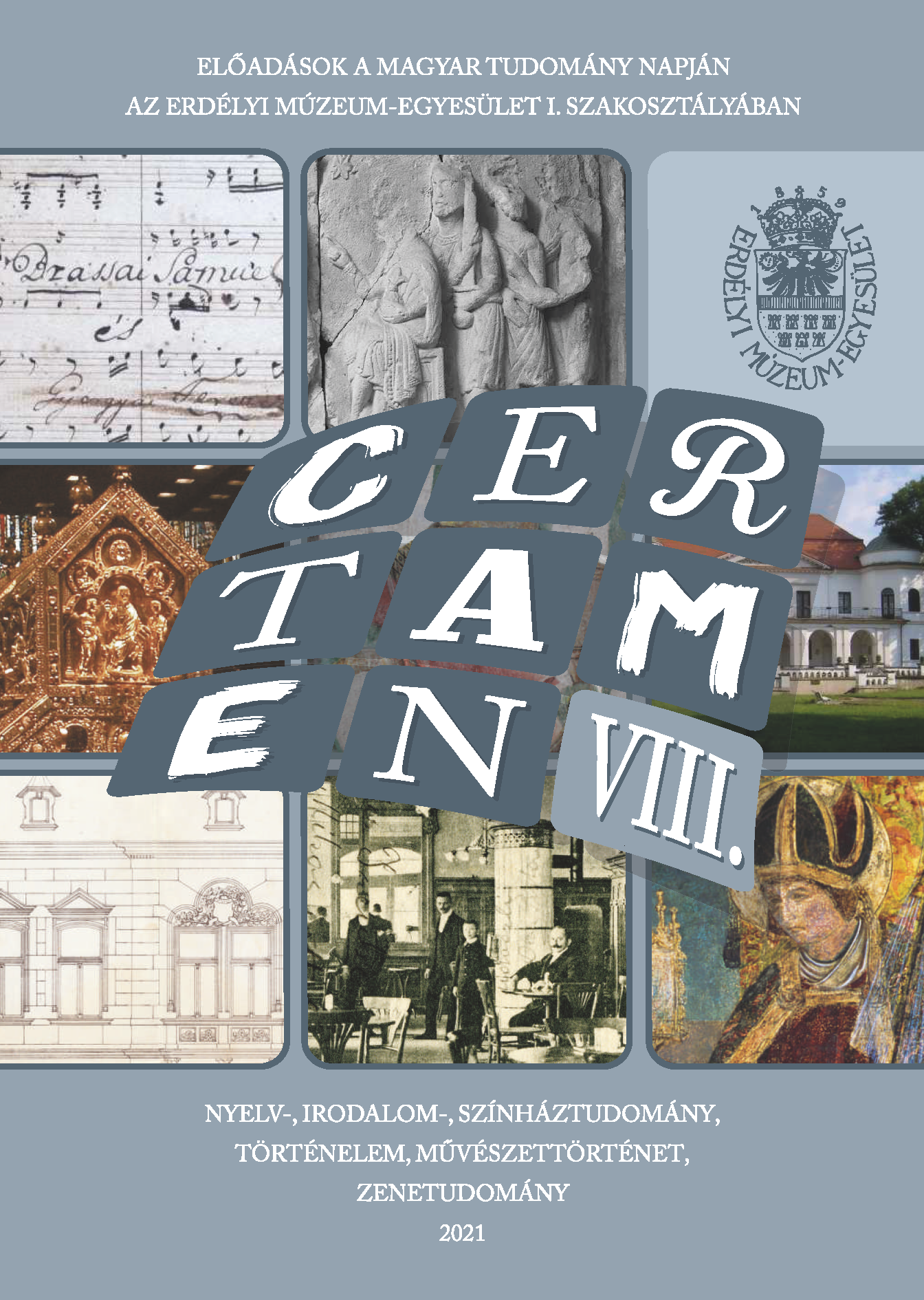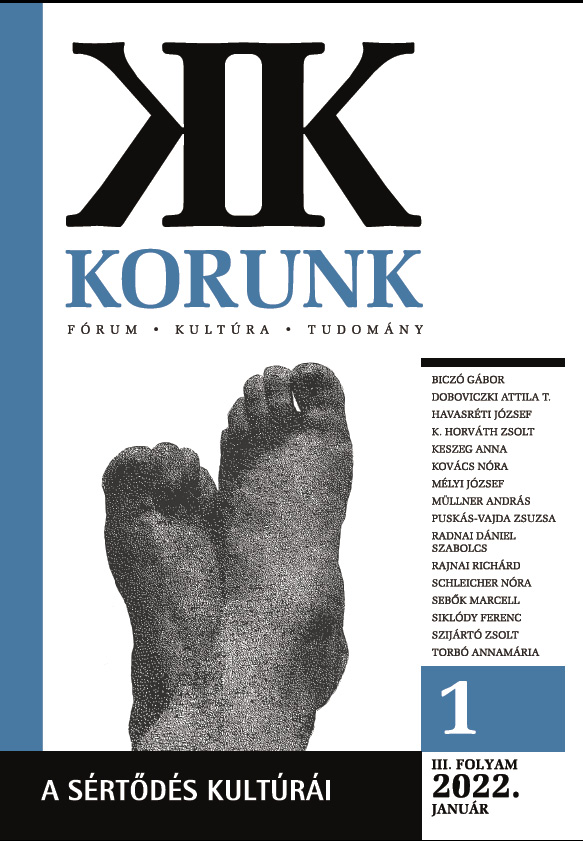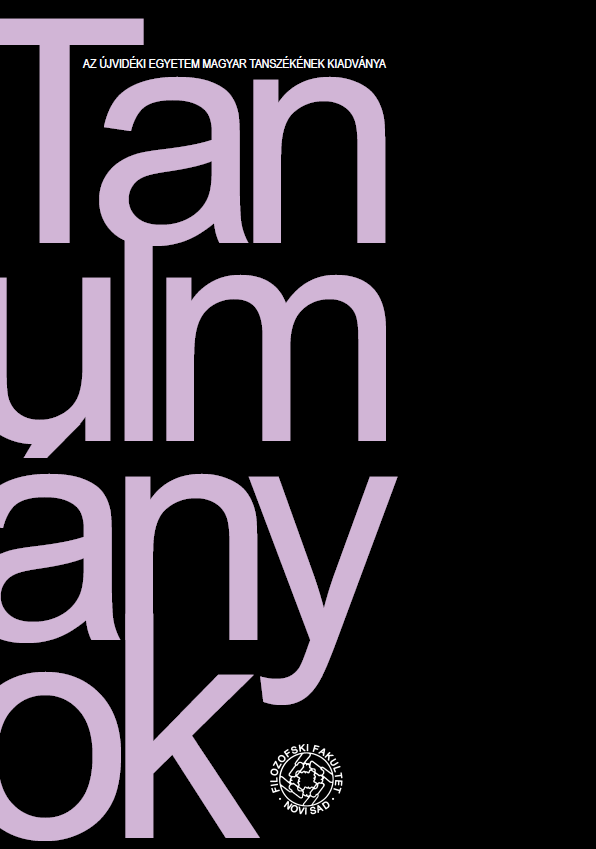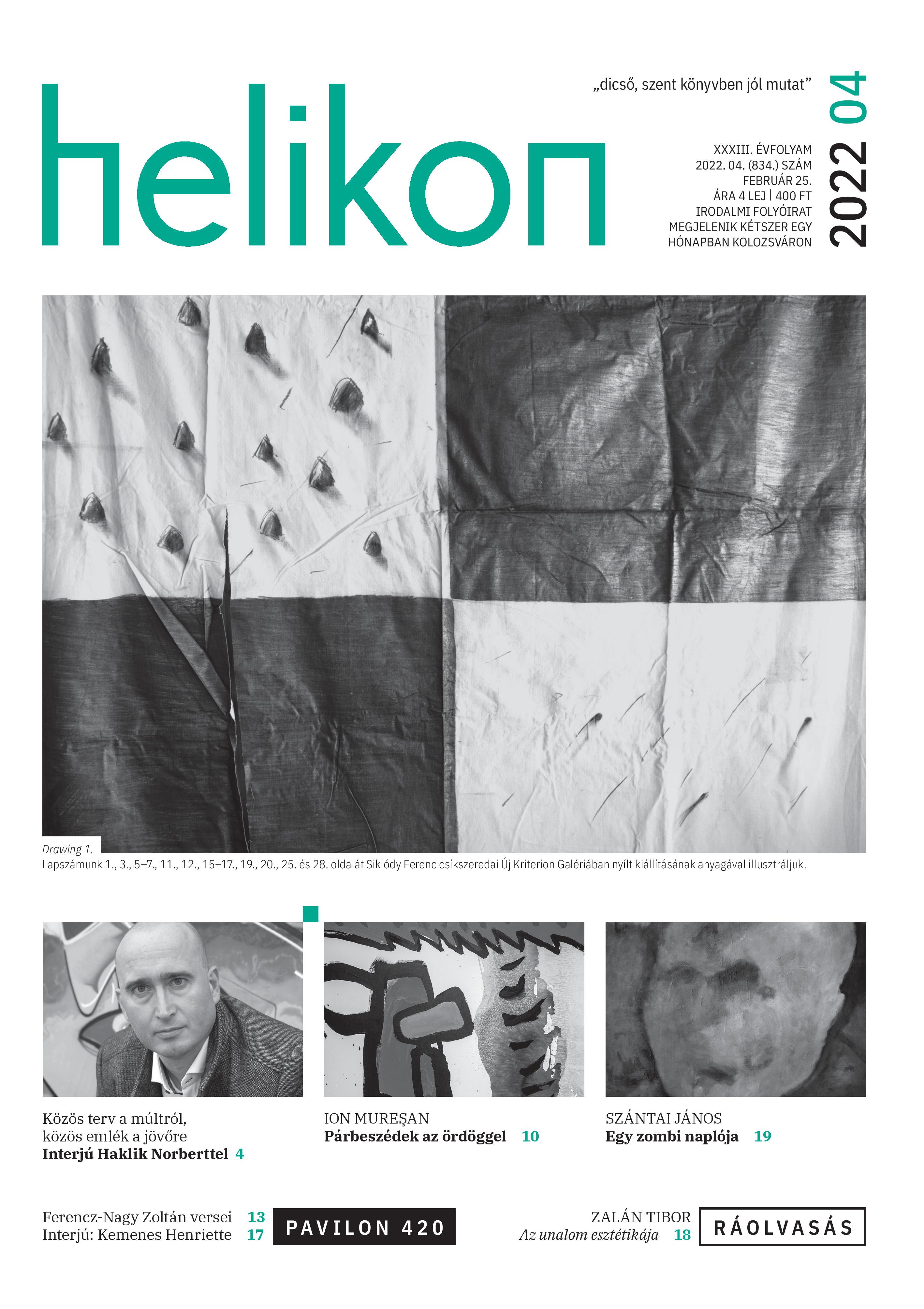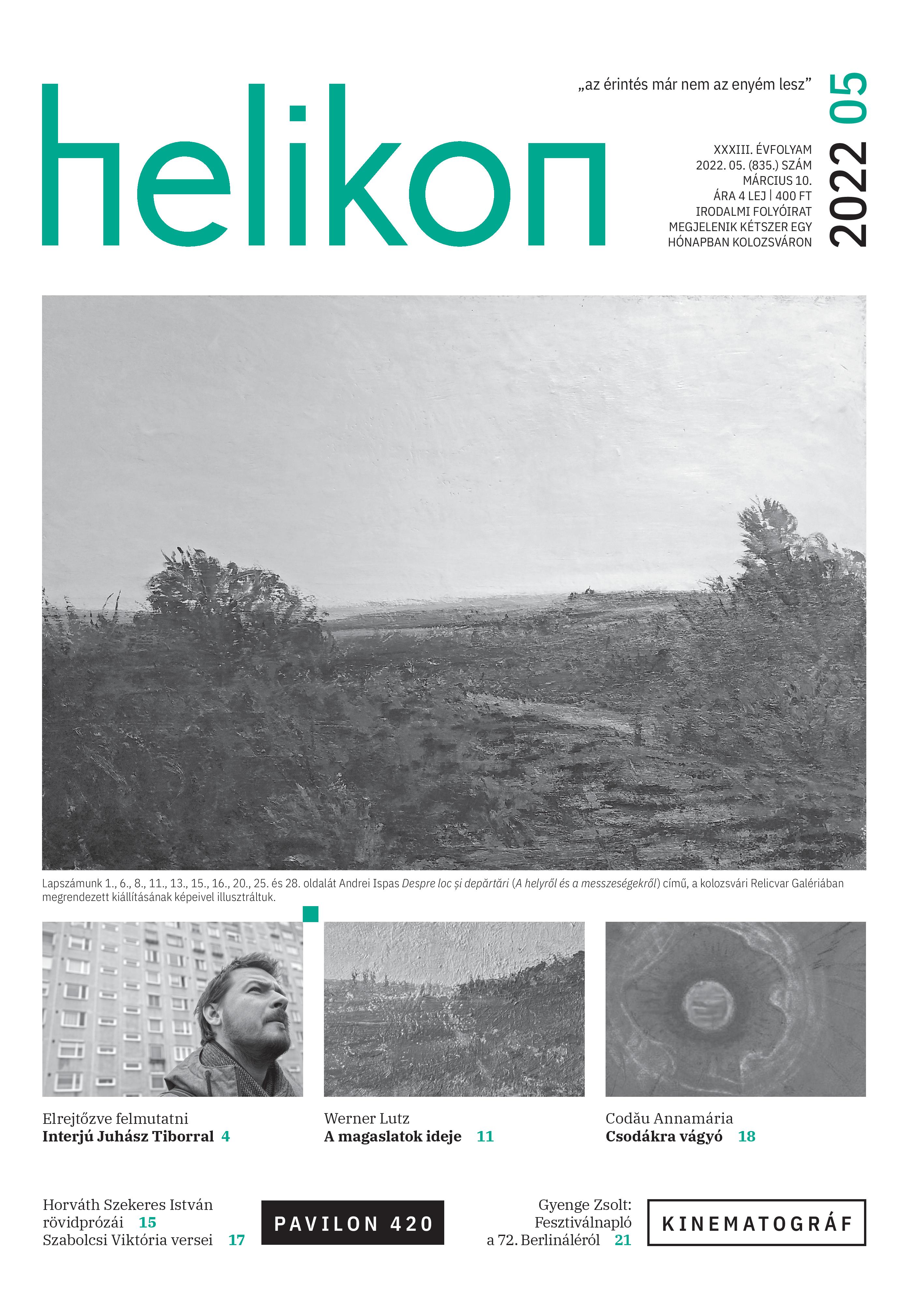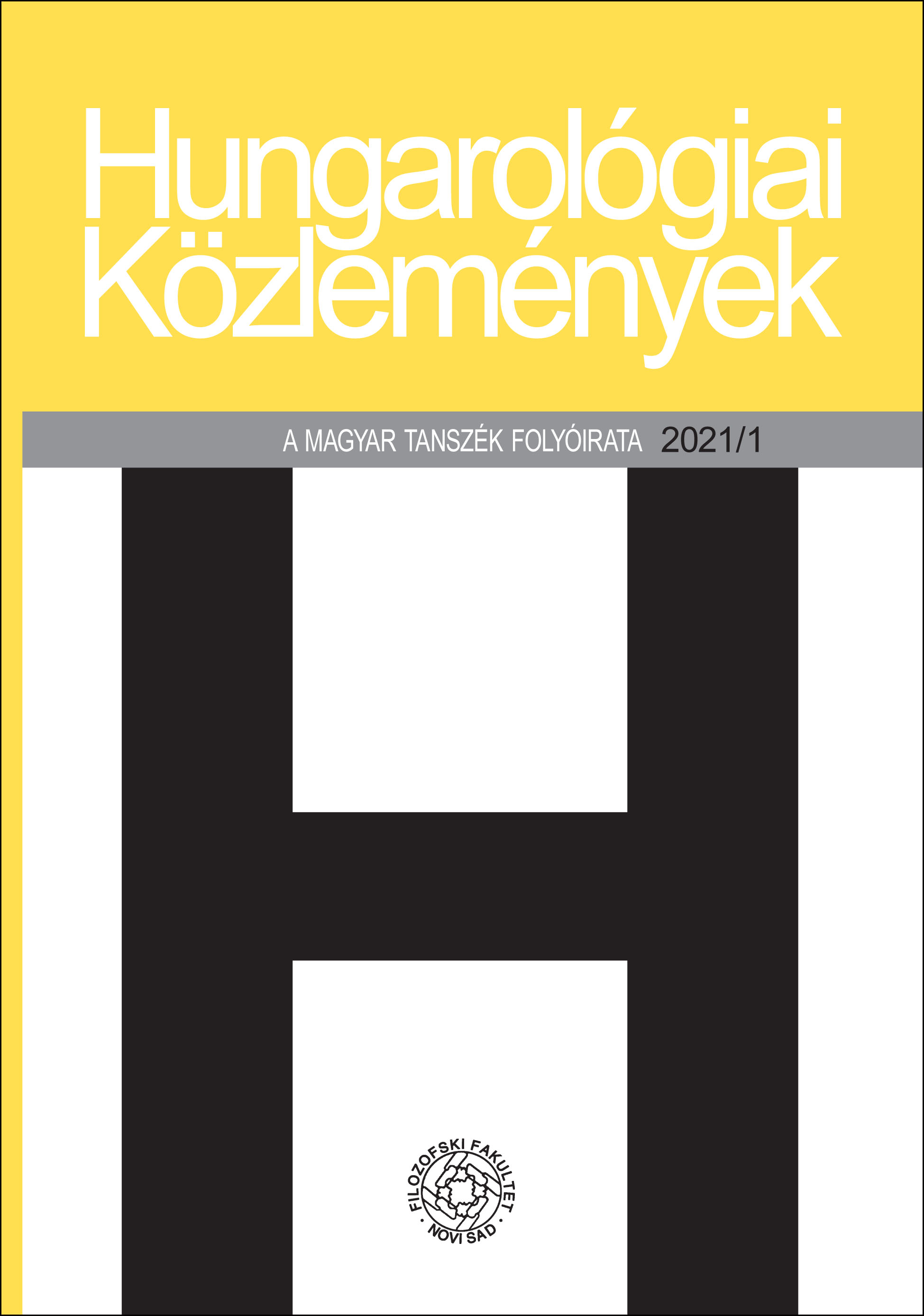
A puszta mint toposz
In addition to the complementary topoi of city – province or centre – periphery, also present in Western-European literature, the duality that contrasts the village or small town with the puszta or small farm has found its way into Hungarian literature at the beginning of the twentieth century. The space-representation above, has its stereotypes, but the thing that is most important is that it fits into a wider, psychological, anthropological, social and, ultimately, ideological context built consciously on the tradition of nineteenth century Hungarian prose and lyric poetry, which can be followed from Ady, Móricz and Dezső Szabó to Gyula Illyés and László Németh. The prose works by Zsigmond Móricz including his novels from Sárarany to Árvácska, and Kerek Ferkó to the world of his short stories have had a decisive role in creating the above discourse. The novel Úri muri excels among these, in which Móricz, on the one hand, uses an exceptionally wide variety of giving meaning to space: the place reflects the conflict system of the characters, depicts their inner minds, or places as a form which symbolizes Hungarian tradition and future potentials. Whereas, on the other, it offers various contradictory symbolic meanings to the topos, drawing deeply on its history of interpretations. Owing to this, the image of the puszta is in the focus of a remarkably layered and complicated system of correlations. At the same time one can feel that Móricz is striving to create a connection between these layers that are piling onto one another – even if not always explaining this, just simply implying it. The topic of the paper undertakes the task of separating the component parts, finding their roots, and analysing the relations that Móricz has created between them.
More...
